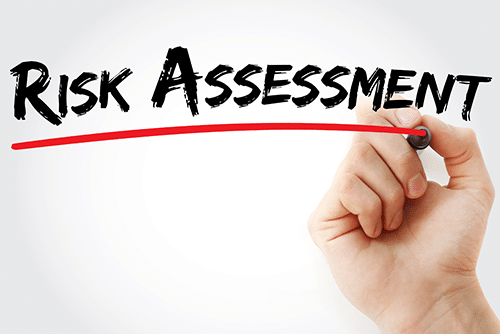We’ve put together a comprehensive guide outlining some of the best ways to take control of your HIPAA risk. You can also navigate this site to understand HIPAA Risk.
HIPAA is designed to protect patient's personal health information from unauthorized access and use. It also ensures that this information is secure from misuse by individuals who have access to it.

Image Source: Google
How does HIPAA work?
To prevent unauthorized access to patient data, HIPAA requires all organizations that handle this information to take several steps. These steps include:
- Designating a privacy officer who is responsible for overseeing compliance with the law.
- Creating policies and procedures to protect patient data from unauthorized access and use.
- Ensuring that employees who have access to patient data are aware of their responsibility to safeguard this information.
How can you take control of your HIPAA risk?
There are a few things you can do to take control of your HIPAA risk. Here are three tips:
1. Educate yourself on HIPAA and its regulations. Familiarize yourself with the basics so you know what to watch for when it comes to protecting your information.
2. Be vigilant about who has access to your PHI. Make sure only those who need access have it and keep track of who has been given access so you can revoke those permissions if necessary.
3. Keep your PHI safe and secure. Make sure all of your electronic files are encrypted and backed up regularly in case of a data breach.
